No, it’s something that has happened frequently with the F-35 for years now and would have happened again anyway. Even in 2015, Lockheed Martin was following a ‘blueprint’ to drive down the cost of the F-35 and aircraft costs have decreased for the last few years.
The programme often comes under fire as the most expensive weapons programme in history and has been criticised by many inside and outside of the US and partner governments. Critics argue that the plane is too expensive to operate, many blaming the procurement process.
In 2014, the US Government Accountability Office found that the F-35 fleet would have operating costs ‘79% higher than the aircraft it was to replace’. In 2014, the FY2015 Selected Acquisition Report stated that the program cost had increased 43% from 2001, with Program Acquisition Unit Cost up 68% and Unit Recurring Flyaway up 41%.
The F-35As cost per flying hour at the time was reportedly $32,500 while the F-16C/D was $25,500, we understand however that each F-35A is expected to fly only 250 hours a year, compared to the F-16’s 316 hours a year, resulting in the same yearly operating cost according to the Department of Defense.
In December 2015, the Selected Acquisition Report had revised down much of the previous forecast, most notably the F-35As cost per flying hour came down to $29,806 in comparison with the F-16C/Ds at $25,541. This was reportedly the result of a decrease in the assumed cost per gallon of JP-8 fuel, a decrease in the fuel burn rate for the F-35A variant and a revised cost estimating relationship for hardware modifications.
Let’s take a look at how costs have reduced today from as far back as 2014. The average cost-per-unit in low-rate initial production (LRIP) lots six, seven, eight, nine and ten are shown below and also include engines and adjust for inflation.
| F-35 Variant | LRIP Lot 6 | LRIP lot 7 | LRIP Lot 8 | LRIP Lot 9 | LRIP Lot 10 | Decrease since 2014 |
| F-35A | $117m | $112m | $108m | $102m | $94.6m | $22.4m |
| F-35B | $145m | $137m | $134m | $131m | $122.8m | $22.2m |
| F-35C | $134m | $130m | $129m | $132m | $121.78m | $12.2m |
The average cost-per-unit in low-rate initial production (LRIP) lots six, seven and eight have fallen.
This isn’t a new trend, it’s been going on since at least lots 4 and 5 in 2012. The F-35 Joint Program Office earlier stated that the price of the Low LRIP Lot 5 aircraft declined by 4 percent compared to the previous Lot 4 contract, initiating a long-expected annual decline in the cost of F-35.
Lockheed Martin tell us that the Lot 10 contract represents a $728 million reduction in total price when compared to Lot 9.
It is understood that the F-35A is expected to cost $85 million, less than any fourth-generation fighter ‘in the 2019-2020 timeframe’ with the other two F-35 variants also reducing significantly in price.
Jeff Babione, Lockheed Martin’s programme manager for the F-35, told reporters that the cost of the F-35A will drop to about $85 million by 2019. This is understood to be thanks to ‘efficiencies and cost-cutting manufacturing technologies’. The B and C variants are also steadily reducing in cost.
By contrast, the US Navy’s F/A-18E/F Super Hornet fighter aircraft comes in at $98.3 million.
Jeff Babione said:
“We think that price with this capability will be unbeatable. You’ll be able to afford a fifth-generation airplane for what would be a fourth-generation price for anything else offered in the free world. The Lockheed/BAE/Northrop Grumman contractor team is hyper-focused on reducing the price of the airplane.”
As we reported at the start of last year, the F-35 programme is often labelled a “trillion-dollar black hole”, the man in charge of the project vehemently disagrees and lays to rest any fears over rising costs.
“It is a fact this program is over budget from 2001’s baseline. It’s just true. We will never underrun that number.
We will never save that money. It’s gone. What matters is since that time, what’s happened to the cost on the program? It’s gone down, not gone up. Judge the program today, not where it’s been, but where it is and where it’s going.”
Lt. Gen. Chris Bogdan, the head of the F-35 joint program office, hosted a press event in 2015 with reporters in defence of the programme, citing constant drops in the cost of the jet.
“It is a fact this program is over budget from 2001’s baseline. It’s just true. We will never underrun that number. We will never save that money. It’s gone. What matters is since that time, what’s happened to the cost on the program? It’s gone down, not gone up. Judge the program today, not where it’s been, but where it is and where it’s going.”
Bogdan also pointed out that the 2014 selected acquisition report (SAR) noted reducing procurement costs, down by $3 billion. The report can be found here if you wish to verify this information.
The F-35 Joint Program Office (JPO) commented:
“Affordability is the number one priority for the F-35 program and this year’s report reflects another year with significant cost reductions and we’re not stopping there. We will continue to drive costs out of the program.
The F-35 Joint Program Office has a disciplined approach to analyzing and reducing sustainment costs. Ongoing activities include conducting a sustainment business case analysis and operating a cost war room to find program savings and attack operational, sustainment and total ownership costs.
F-35 unit recurring flyaway costs have been going down with each successive lot of aircraft. Lockheed Martin and Pratt & Whitney have track records for delivering the airframe and engine below government SAR estimates and we expect this trend to continue in the future.”
Even Lockheed Martin decided to spin the long expected and long forecast annual reduction in cost, in an apparent attempt to appease Trump, surprising many in industry:
“President Trump’s personal involvement in the F-35 program accelerated the negotiations and sharpened our focus on driving down the price.”
Despite widespread consensus from the aerospace sector that the costs were coming down regardless of what President Trump said, his press secretary Sean Spicer credited Trump directly on the matter, saying:
“Through the president’s intervention, a total of 90 planes, for a lot of 90 planes, 55 were purchased for the US military that added up to a total of $455 million savings for US taxpayers from the previous lot with an average cost reduction of 7.5 percent. Another big win that the president has delivered on for US taxpayers.”
But Pentagon officials have long bargained to reduce costs of the F-35. Officials announced that before the widely reported meeting with Trump took place that Lockheed would bring down costs for the 90-jet order by more than $500 million. This followed the Pentagon’s decision before the US election to invoke a contract provision to unilaterally impose cost-cuts on Lockheed.
Sen. Jack Reed of Rhode Island responded:
“This is simply taking credit for what’s been in the works for many months. These are savings that would have happened anyway.”
The batches, as demonstrated above have each been significantly cheaper with each order and the price drop that accounts for Trump’s claimed $600 million is a previously planned cost reduction that was announced in mid-December, before Trump met with Lockheed Martin.
According to Lara Seligman, Pentagon Editor for Aviation Week:
Here’s a handy chart from my recent @AviationWeek story showing how DOD expects the price of #F35 to drop over the next few years pic.twitter.com/8rm1VLdfo0
— Lara Seligman (@laraseligman) January 30, 2017
The bottom line is that overall programme costs have gone down and continue to massively decrease year on year.


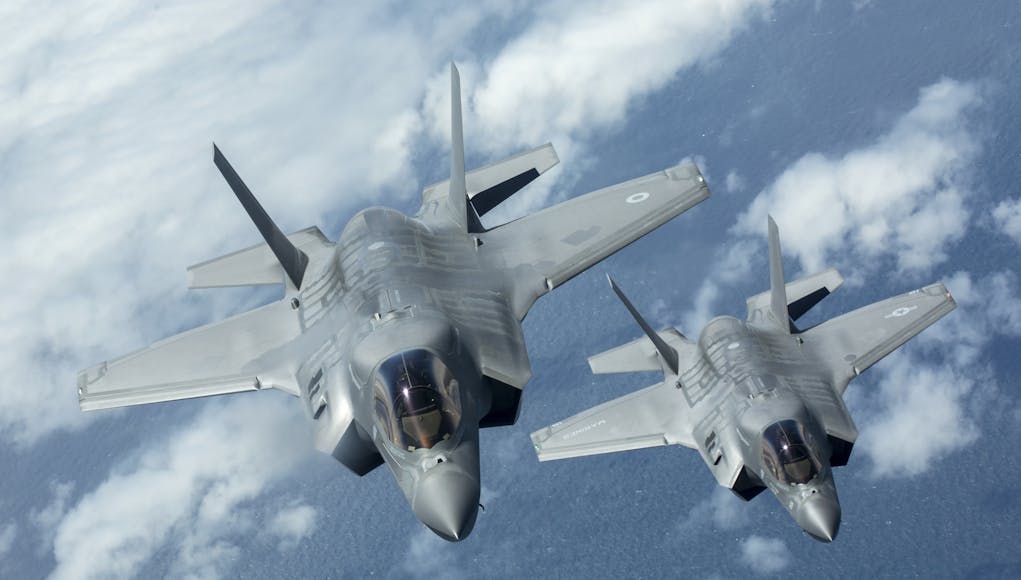
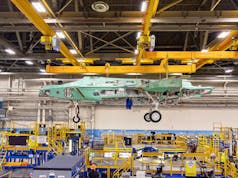
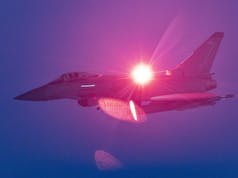
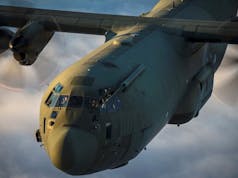
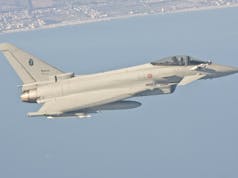
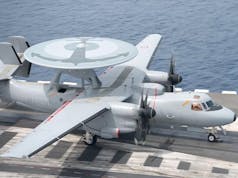
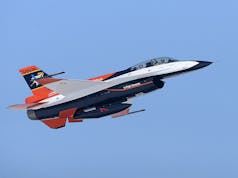
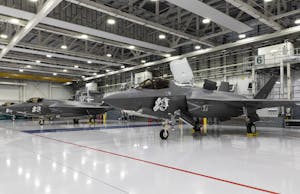









The answer is “maybe” Trump gained additional savings. We will probably never know and it probably doesn’t matter a darn.
It’s not like UK politicians never claim credit for the work of others. They do it on a daily basis. Gordon Brown was the king of it. A political history degree and teaching history for few years, magically gave him economic brilliance to lead the world’s dot.com boom.
Gordon Brown did far more than that, at least according to him…
https://www.youtube.com/watch?v=7iPaiylUYW0